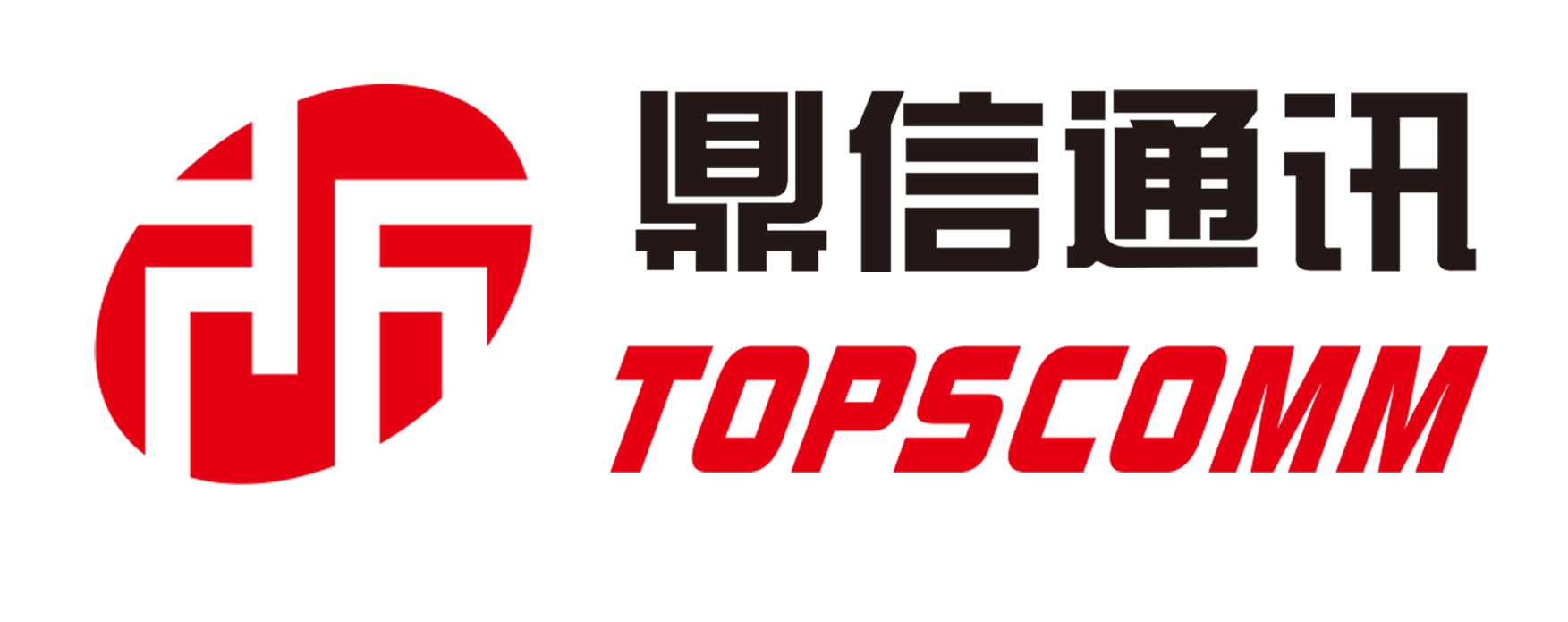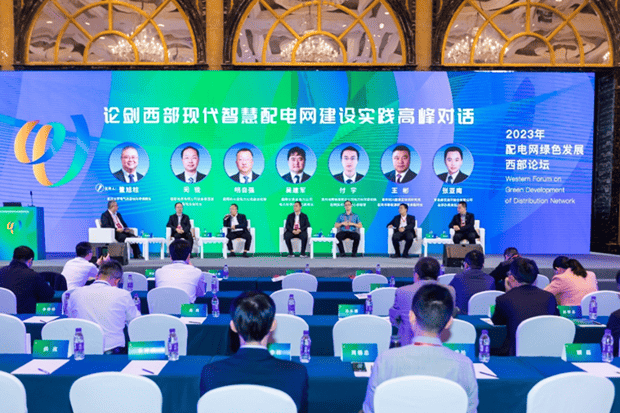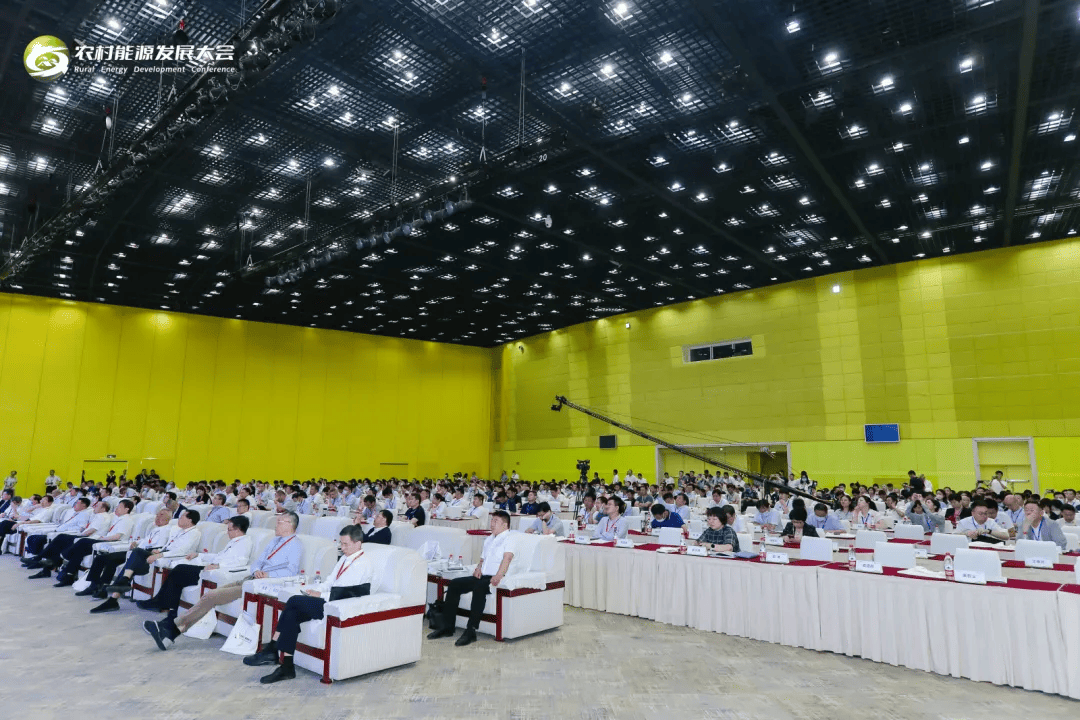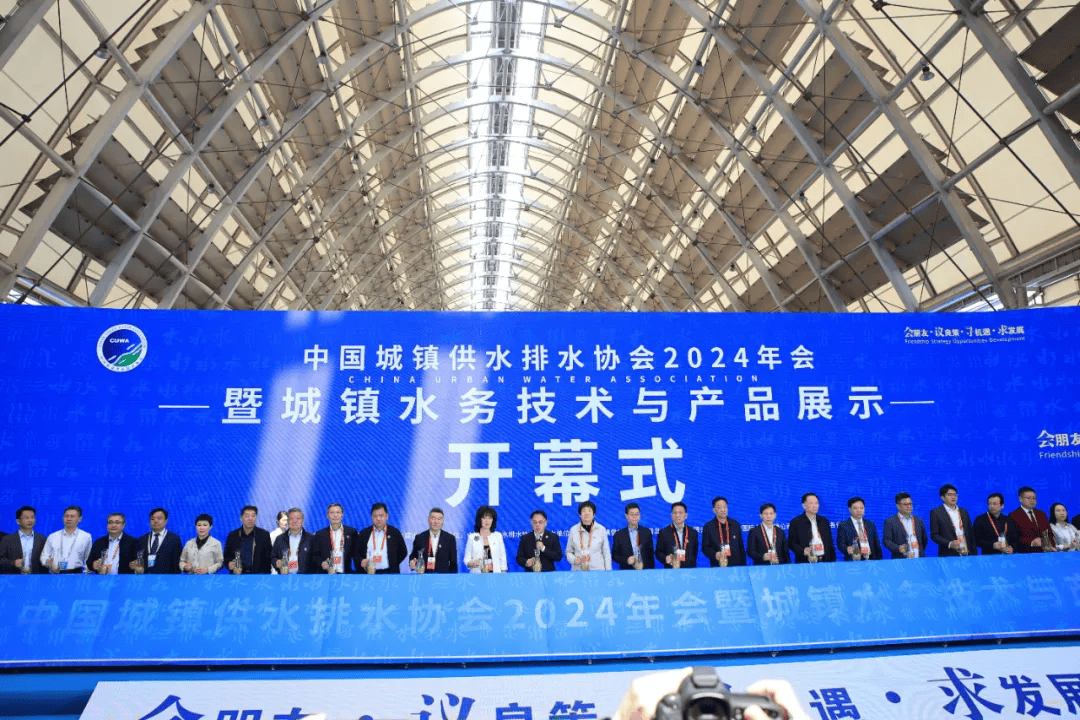Understanding the Critical Role of Solar Power System Components
In the rapidly evolving world of renewable energy, photovoltaic inverters serve as the heart of any solar power system. These essential devices transform the direct current (DC) generated by solar panels into usable alternating current (AC) that powers our homes and businesses. Selecting the right photovoltaic inverter isn't just about matching power ratings – it's about ensuring optimal system performance, longevity, and return on investment.
Whether you're planning a residential installation or a commercial solar project, understanding how to choose the appropriate photovoltaic inverter can make the difference between an average and an exceptional solar power system. Let's explore the crucial factors that influence this important decision.

Key Types of Photovoltaic Inverters
String Inverters: The Traditional Choice
String inverters are the most common and traditionally used photovoltaic inverter type. These centralized units connect to multiple solar panels arranged in series, or 'strings.' They offer reliable performance and are particularly cost-effective for installations with consistent sun exposure and minimal shading issues. String inverters typically handle higher voltage inputs and provide excellent efficiency for medium to large-scale installations.
The simplicity of string inverters makes them easier to maintain and monitor. However, their main limitation lies in their operation – if one panel in the string experiences reduced performance due to shading or malfunction, it can affect the entire string's output.
Microinverters: Maximum Panel-Level Optimization
Microinverters represent the cutting edge of solar technology, with each unit attached directly to individual solar panels. This configuration allows for panel-level power conversion and monitoring, making them ideal for installations with complex roofing or partial shading issues. While they come at a higher initial cost, microinverters often deliver superior energy harvest over the system's lifetime.
The distributed nature of microinverters also means enhanced system reliability – if one unit fails, the rest of the system continues to operate normally. This makes them particularly attractive for residential installations where maximizing energy production is crucial.
Essential Technical Considerations
Power Rating and Capacity Matching
The power rating of your photovoltaic inverter must align with your solar array's size and output. A general rule of thumb suggests sizing the inverter at about 75-85% of the solar array's capacity, as panels rarely produce their maximum rated power. This slightly lower sizing can actually improve system efficiency and reduce costs without compromising performance.
Consider future expansion plans when selecting inverter capacity. If you anticipate adding more solar panels later, choosing a slightly larger inverter capacity now could save money and hassle in the long run.
Efficiency Ratings and Performance Metrics
Modern photovoltaic inverters boast impressive efficiency ratings, typically ranging from 95% to 98%. While these differences might seem minor, they can significantly impact long-term energy production. Look for inverters with high CEC efficiency ratings, which reflect real-world performance better than maximum efficiency ratings.
Pay attention to the inverter's performance curve across different power levels. Some units maintain high efficiency even at lower power inputs, making them ideal for locations with variable sunlight conditions.
Environmental and Installation Factors
Climate Compatibility
Your local climate plays a crucial role in inverter selection. High-quality photovoltaic inverters should operate efficiently in temperatures ranging from -20°C to 60°C. For hot climates, look for models with robust cooling systems and high temperature derating points. In coastal areas, choose inverters with enhanced corrosion resistance.
Consider the inverter's IP rating for dust and water protection, especially for outdoor installations. Higher IP ratings ensure better protection against environmental factors and longer operational life.
Installation Location and Requirements
The physical installation location affects both performance and maintenance accessibility. Indoor installations might require less weather protection but need adequate ventilation. Outdoor installations demand weather-resistant models with appropriate mounting solutions.
Consider noise levels, especially for residential installations where the inverter might be near living spaces. Modern photovoltaic inverters are generally quiet, but some models are specifically designed for ultra-quiet operation.
Smart Features and Monitoring Capabilities
Data Monitoring Systems
Advanced photovoltaic inverters come with sophisticated monitoring capabilities that provide real-time performance data. Look for models offering detailed power production analytics, fault detection, and remote monitoring capabilities through mobile apps or web portals.
Some systems can even predict maintenance needs and optimize performance based on historical data and weather forecasts. These features can significantly enhance system management and maximize return on investment.
Grid Integration and Smart Home Compatibility
Modern inverters should offer seamless grid integration features, including anti-islanding protection and grid support functions. Smart grid compatibility is becoming increasingly important as utilities move toward more interactive power management systems.
Consider inverters with built-in energy management capabilities that can integrate with home automation systems or energy storage solutions. This future-proofs your installation and enables participation in emerging energy markets.
Frequently Asked Questions
What size photovoltaic inverter do I need for my solar system?
The ideal inverter size typically ranges from 75-85% of your solar array's total DC power rating. For example, if you have a 10kW solar array, an 8.5kW inverter would usually be appropriate. However, factors like local climate, panel orientation, and system design may influence the optimal sizing.
How long do photovoltaic inverters typically last?
Quality photovoltaic inverters generally last 10-15 years, though some premium models may operate effectively for up to 20 years. Regular maintenance and proper installation can help maximize their lifespan. Many manufacturers offer warranties ranging from 5-12 years, with options to extend coverage.
Are more expensive inverters worth the investment?
Higher-priced inverters often justify their cost through better efficiency, longer lifespan, advanced features, and superior warranty coverage. When considering the total lifecycle cost, including potential energy savings and maintenance requirements, premium inverters frequently provide better long-term value despite higher initial costs.







